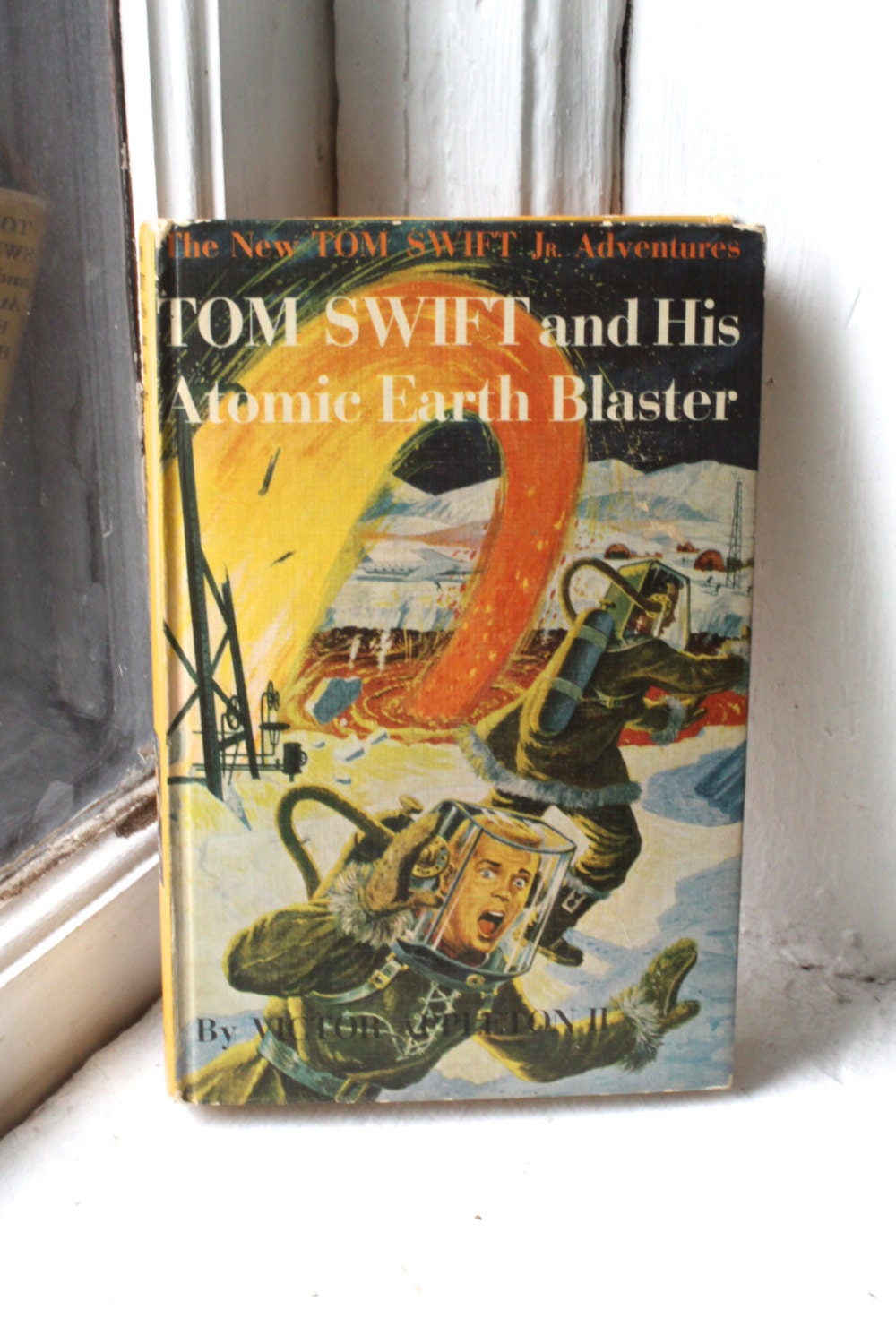
Posted on 02/25/2022 11:11:06 AM PST by Red Badger
MIT spin-off Quaise says it's going to use hijacked fusion technology to drill the deepest holes in history, unlocking clean, virtually limitless, supercritical geothermal energy that can re-power fossil-fuelled power plants all over the world.
The heat beneath our feet
Everyone knows the Earth's core is hot, but maybe the scale of it still has the power to surprise. Temperatures in the iron center of the core are estimated to be around 5,200 °C (9,392 °F), generated by heat from radioactive elements decaying combining with heat that still remains from the very formation of the planet – an event of cataclysmic violence when a swirling cloud of gas and dust was crushed into a ball by its own gravity.
Where there's access to heat, there's harvestable geothermal energy. And there's so much heat below the Earth's surface, according to Paul Woskov, a senior fusion research engineer at MIT, that tapping just 0.1 percent of it could supply the entire world's energy needs for more than 20 million years.
The problem is access. Where subterranean heat sources naturally occur close to the surface, easily accessible and close enough to a relevant power grid for economically viable transmission, geothermal becomes a rare example of totally reliable, round-the-clock green power generation. The Sun stops shining, the wind stops blowing, but the rock's always hot. Of course, these conditions are fairly rare, and as a result, geothermal currently supplies only around 0.3 percent of global energy consumption.
The deepest holes in human history are not deep enough If we could drill deep enough, we could put geothermal power stations just about anywhere we wanted them. But that's harder than it sounds. The Earth's crust varies in thickness between about 5-75 km (3-47 miles), the thinnest parts tending to be way out in deep ocean.
(Excerpt) Read more at newatlas.com ...
If you’re getting down far enough to where drilling equipment melts, it should be hot enough to harness steam to run turbines and generate electricity.
No need to go that hot. Ultrasupercritical coal fired steam plants run at 620C no where near hot enough to melt high tensile steel these are the top of the technology pile for steam technology. Just going to suoer critical is good enough when thr heat source is effectively unlimited like deep rock geothermal the extra 5% in turbine gross efficiency is not worth going from 500C to 620C most coal plants run in the 300 to 400C range you could just replace the coal boiler with two deep bore holes and a pump system with steam clean up if you direct cycle it or better yet run a indirect loop cycle with distilled water on thr power island side. You lose 20C in delta T but then you don’t put geofluids through your turbine.
https://www.power-technology.com/projects/yuhuancoal/

The St. Johns River in Florida sources from an underground ‘fountain’ that pours out millions of gallons each day.
Our elders believed in underground rivers that feed the above ground rivers, thus the divining rod was invented to trace them..................
An effective use of geothermal wouldn’t even require 300 to 400C water...in a hybrid system powered by geothermal and conventional fuels. Using the geothermal source to preheat feedwater, then pumping that already hot water into a gas or coal fired boiler, could still greatly cut down on the amount of conventional energy needed to produce electricity. This would also increase the number of geologic regions where geothermal could be harvested.
Disclaimer: Opinions posted on Free Republic are those of the individual posters and do not necessarily represent the opinion of Free Republic or its management. All materials posted herein are protected by copyright law and the exemption for fair use of copyrighted works.